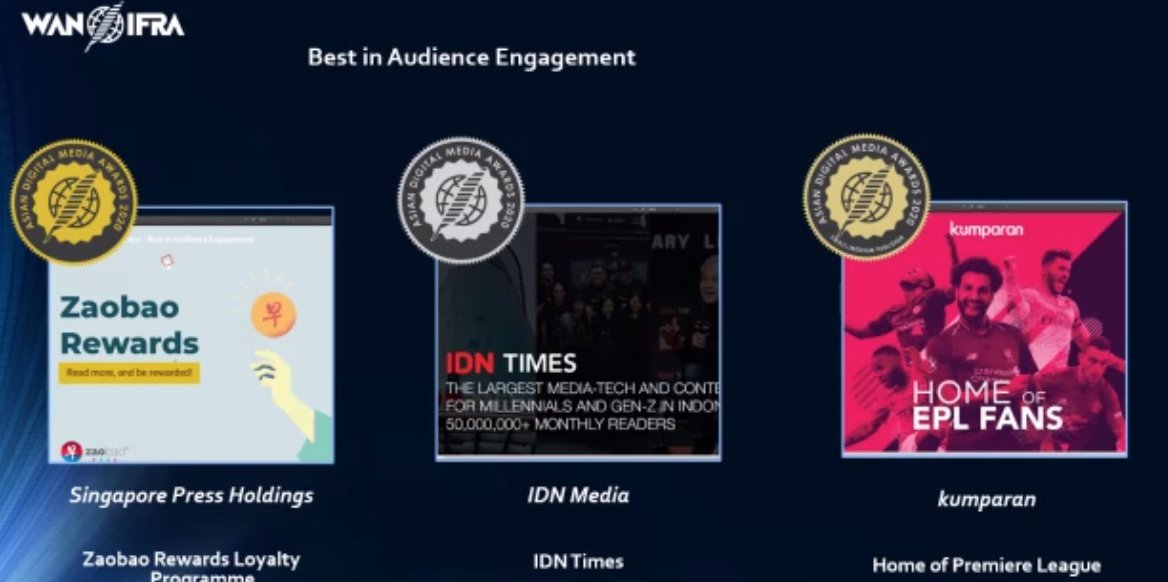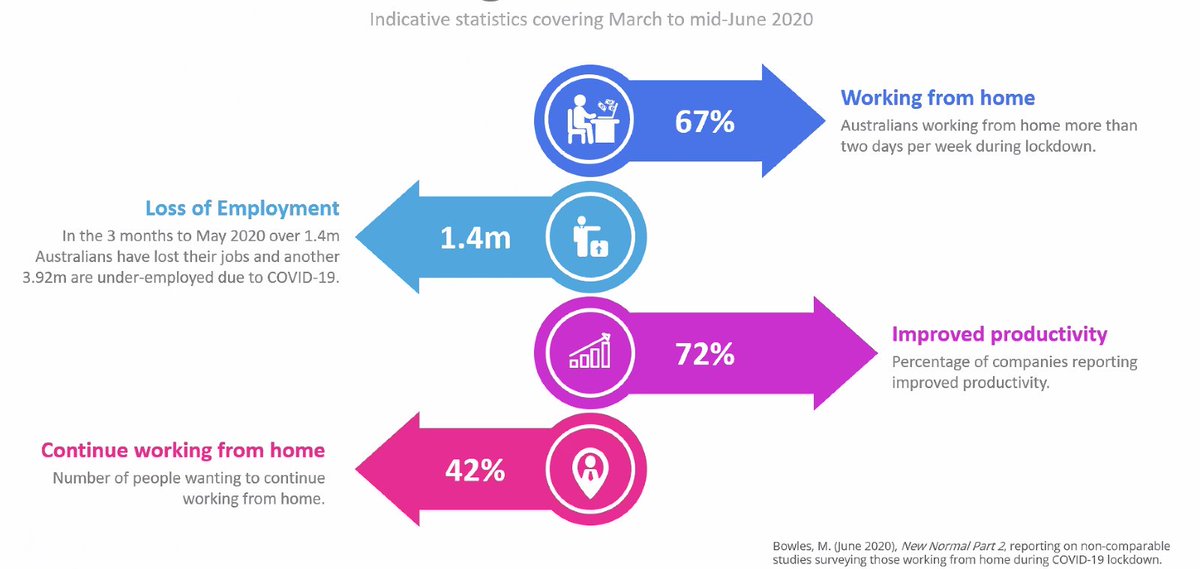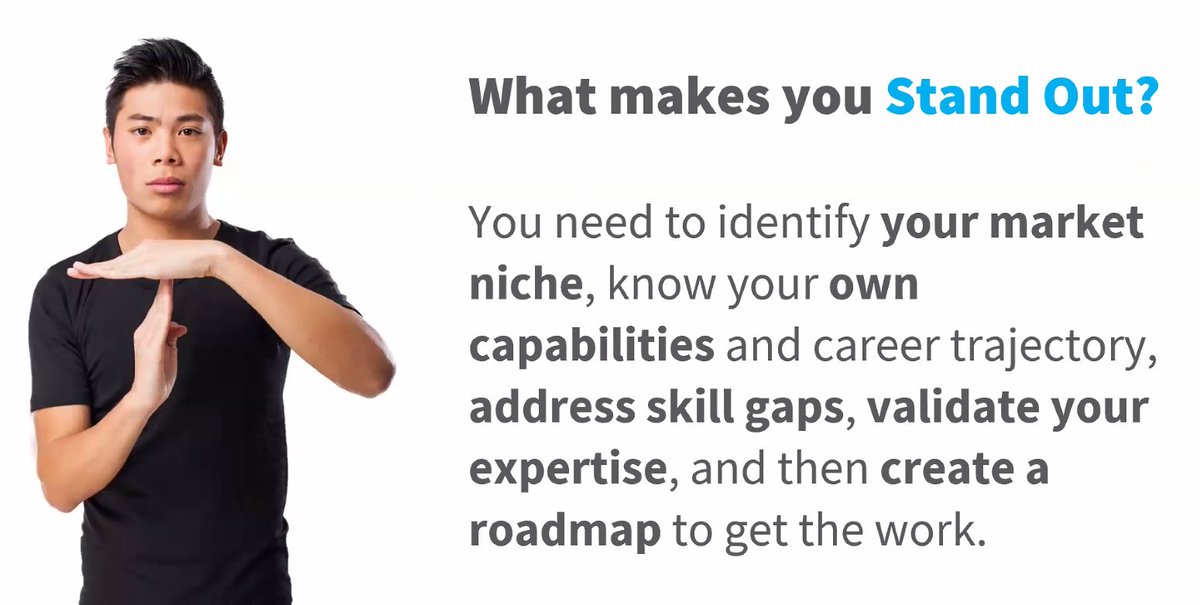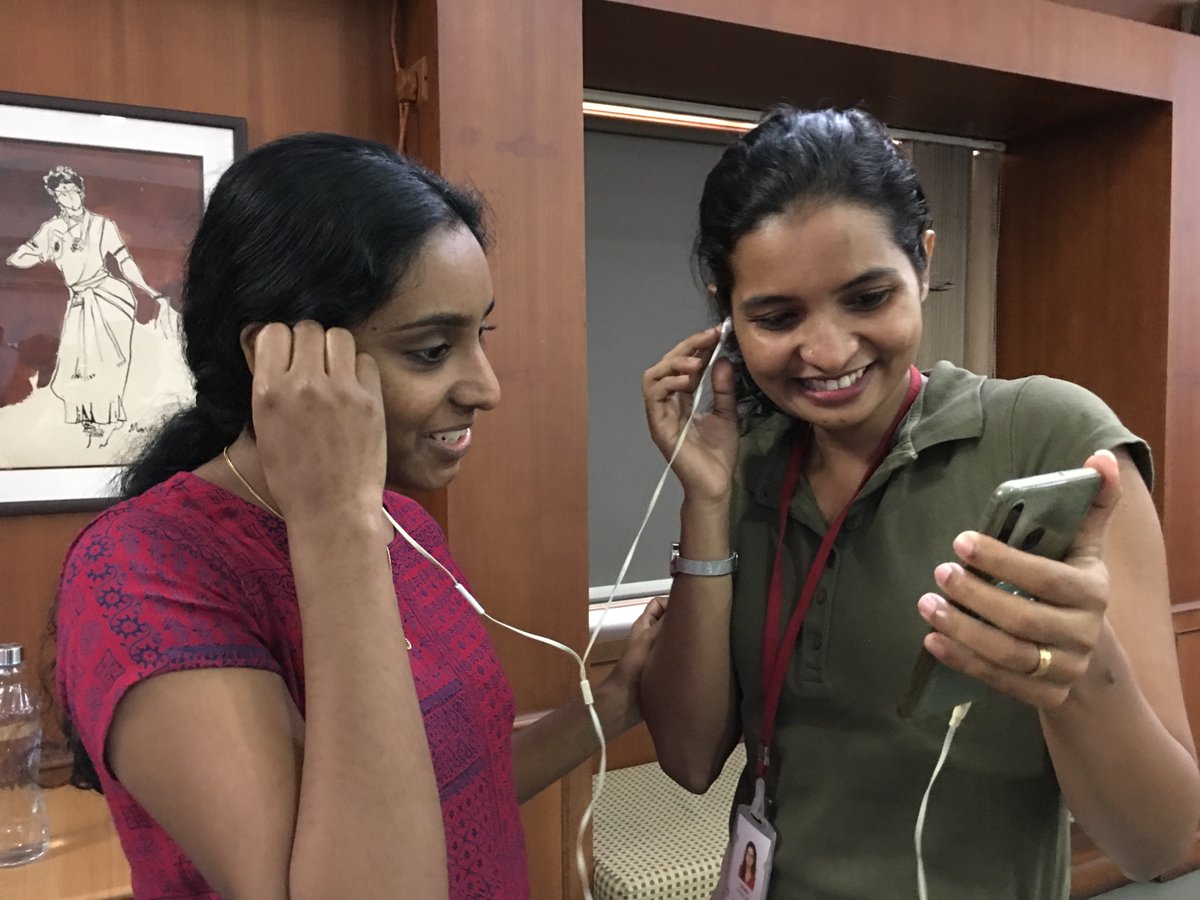
Great to hear @joonlau kicking off 3 days of the @WANIFRA_Asia Digital Media Leaders conference. Huge line-up, about innovation, product development, revenue diversification and more. #journbiz 

1st #DigitalMediaAsia session: - Joe Kahn (@nycscribe), Managing Editor of @nytimes, in conversation with @garyliu of @SCMPNews - two giants of digital innovation and revenue diversification. As Liu says, online events supports global knowledge sharing like this. #journbiz
.@nycscribe says 2020 upheavals have driven engagement "beyond what we had witnessed in the past. And we were in a good position to harvest some of this because we've had some years of focusing on digital engagement." (See more: nytimes.com/2020/05/06/bus…) #DigitalMediaAsia)
.@garyliu asks whether the current "supercycle of news" caught @nytimes off guard at all. @nycscribe says the Times thought the "Trump Bump", which coincided with refreshing its subscription process in early 2017, would subside but "it's never gone away". #DigitalMediaAsia
.@nycscribe says @nytimes has learned from cycle after cycle of major news events to provide "full multimedia storytelling that allows people to engage with them in more depth", and sought flexibility to reorganise staff "around the stories of the moment". #DigitalMediaAsia
He says this hasn't meant getting individual journalists to learn to produce every format, but to get people out of their silos to collaborate on multimedia formats that "harness the same journalistic strength" but maximise different
@nytimes
staff expertise. #DigitalMediaAsia
@nytimes
staff expertise. #DigitalMediaAsia
A bit off topic from this thread but #DigitalMediaAsia has participants from 38 countries, including Australia, Dubai, Fiji, Germany, India, Indonesia, Japan, Malaysia, Philippines Singapore, Thailand, US and Vietnam. VERY difficult to achieve that pre-2020. #journbiz
.@nycscribe says the Times now has multiple ways of creating a frictionless sales funnel leading users towards subscription, including newsletters & email. Subscription isn't a light-switch, he says. "Move into it deliberately and slowly with a lot of testing". #DigitalMediaAsia
.@nycscribe says the strength of the @nytimes core business over many years, patience from the owners on strategic reinvestment of resources since at least 2008, plus hiring new expertise, have all been critical to the paper's success. #DigitalMediaAsia
Q&A to @nycscribe - do you still have separate print & digital teams? Reply: "We're trying to move print more downstream from digital". Print is put together by a 'print hub' team, "which is prepared from the full selection of what's on our digital platforms". #DigitalMediaAsia
Next up at @WANIFRA_Asia #DigitalMediaAsia: "New Products, New Revenues", with @arianebernard
, @gjbarb, Tan Lee Chin and Julie Peng. #journbiz
, @gjbarb, Tan Lee Chin and Julie Peng. #journbiz

Not for the first time I'm reminded that experts in advertising, product-thinking, data, UI/UX etc aren't always on Twitter. If you can't find a Twitter handle, head to LinkedIn, because that's where a lot of monetisation expertise is shared. #journbiz #DigitalMediaAsia
.@gjbarb explains to #DigitalMediaAsia what product thinking means at @washingtonpost, and what success looks like, in 3 slides: 





.@gjbarb tells #DigitalMediaAsia that this includes data tools that users can engage with to get information about coronavirus at local, national and international levels, and to understand complex epidemiological concepts like "excess deaths".
.@gjbarb says the Post has also built tools that enable users to understand individual candidates' stance on key electoral issues, as well as information about the actual election, and how to exercise their suffrage. washingtonpost.com/graphics/polit… #DigitalMediaAsia
.@gjbarb says the Post has also built tools to create "Twitter-like" conversations on the Post's own site. The means for achieving all this is in this slide: collegiality, motivation, persistence, and multi-departmental solutions to product problems. #DigitalMediaAsia 

Right now, @gjbarb says the Post is gearing up to cover the US election remotely, refining hiring processes to strengthen #diversity and improve editorial offerings on this topic. 2021 projects include continuous improvement to Arc CMS washingtonpost.com/pr/2019/09/25/… #DigitalMediaAsia
Next up - Tan Lee Chin of @SinChewPress, based in Taiwan, established 1929. It launched into digital in 2000, and now has a solid presence across multiple platforms. #DigitalMediaAsia 

The process of engaging users from casual to subscriber means a sales funnel, and every platform - including recently-launched TikTok - has this funnel in mind as part of its strategy, Tan Lee Chin tells #DigitalMediaAsia. 

Tan Lee Chin says Sin Chew's strategy for Facebook, for example, is more than just driving web traffic. It's a place to download Sin Chew apps, sign up for daily emails, and to benchmark against competitors' content & strategies. #DigitalMediaAsia
Tan Lee Chin says Sin Chew is making Facebook more of a revenue driver by offering space on its Page to advertisers (for contests, branded content and multimedia). E.g.: the sponsored Health Live video series (which also runs on its website & YouTube channel). #DigitalMediaAsia 

Tan Lee Chin says Sin Chew also has SCLAB - a digital content and media lab creating branded content for external clients. Most importantly, valuing its 91-year-old brand & audience trust in that brand underpins all revenue endeavours. #DigitalMediaAsia
Next up: Julie Peng, of the United Daily News Group in Taiwan. Here's their about slide: #DigitalMediaAsia 

Julie Peng says UDN went big on e-commerce back in 2011 (!). She says the e-commerce landscape has changed in recent years - conversions are down, traffic costs are up, and it's getting more competitive. #DigitalMediaAsia 

In response, Julie Peng says UDN has shifted focus from direct-selling to consumers, to include a spin-off Digital Operating Service, launched last year to bring 10 years of experience to help brands entering e-commerce for the first time. #journbiz #DigitalMediaAsia
The Service draws on historic transaction & behavioural data from UDN's own e-commerce site, to help brands understand target customers' content preferences, products they're likely to buy, when they're likely to be online, and what they're willing to spend. #DigitalMediaAsia 

Julie Peng says UDN's Digital Operations Service also helps advise brands on cross-promotion and upselling opportunities, i.e. providing a full consultancy service. #DigitalMediaAsia
Great Q from @arianebernard
- how can other publishers replicate this? Julie Peng says it's hard - you need a warehouse, a logistics crew, sales platforms, non-publisher skillsets, etc. Consider partnering with an e-commerce platform instead, she says! #DigitalMediaAsia
- how can other publishers replicate this? Julie Peng says it's hard - you need a warehouse, a logistics crew, sales platforms, non-publisher skillsets, etc. Consider partnering with an e-commerce platform instead, she says! #DigitalMediaAsia
Such a great point from @gjbarb: 'We only build [software and platforms] when it makes maximum business sense". Otherwise, they buy from external vendors, because creating and maintaining software "is expensive". #DigitalMediaAsia
Sidebar - #DigitalMediaAsia is using the @_EventsAIR On Air platform to host this event. It has good networking facilities - and attendees win points for engaging with conference content (ask a question, say hi in the chat, visit exhibitors), and yes there are prizes. 

Up now at @WANIFRA_Asia #DigitalMediaAsia: 3 leading thinkers on building a data-driven culture to help support audience engagement & revenue. Not the forte of most editorial folks - me included - so let's dig in. #journbiz 

Sandeep Rai of @mediacorp is talking about the removal of third-party cookies. Firefox & Safari have already removed 3rd party cookie tracking. Chrome will remove it by 2022. By then, we'll need to move on to first-party data collection. #DigitalmediaAsia 

Sandeep's mentioned a recent article on this - addressed to the marketing community but worth editorial staff reading, especially at smaller media outlets that don't have a dedicated data team / can't afford one. thedrum.com/opinion/2020/0… #DigitalMediaAsia
BTW @Digiday recently put out an overview of emerging first-party data strategies at publishers: digiday.com/media/publishe… #DigitalMediaAsia
.@mediacorp is working with a range of publishers already to help them build 'user personas' and track behaviours to accumulate first-party user data. You can connect with Sandeep on LinkedIn here: linkedin.com/in/sandeep-rai… #DigitalMediaAsia 



Next up: Fiona Chan, Head of Analytics at Singapore Press Holdings. SPH has been through the user personas creation process, and while some media outlets are still chasing mass clicks, they're focused on identifying "the most valuable subscribers". #DigitalMediaAsia
Chan (who's not on Twitter but you can connect on LinkedIn: linkedin.com/in/fionaccchan… ) summarises her team's projects with this side. A key aim is to find out which subscribers offer SPH the greatest lifetime value. #DigitalMediaAsia 

Customer lifetime value = current value + potential future value of people who engage with your site. Chan says the second part of that equation is the tricky bit - but here's why it matters: #DigitalMediaAsia 

Only a third of #DigitalMediaAsia conference participants are doing customer lifetime value calculations for subscribers. Here are some of the common problems that subscription businesses face where carrying out that calculation is important: #DigitalMediaAsia (cc @newsproduct) 

Chan says SPH has developed an in-house methodology to calculate Customer Lifetime Total Value, and here's how that's been worked out & some early findings. [NB @HubSpot blogged about CLTV just last week blog.hubspot.com/service/how-to…] #DigitalMediaAsia 







Being able to analyse user behaviours from a CLTV perspective, Chan says, helps inform strategies on product development & retention spend for different user categories & demographics. 2 final slides on what to consider when developing a methodology: #DigitalMediaAsia 



Last in this session on building a data-centric news organisation is @kjhl from @SCMPNews, with a presentation on humanising user personas. Useful for journalists, who tend to be people people rather than data people. #DigitalMediaAsia 





Taking this approach (which sounds like human-centred design) helped @SCMPNews identify 6 personas with different relationships with the brand, different levels of engagement, and who represent different current & potential value. #DigitalMediaAsia #mediadev 


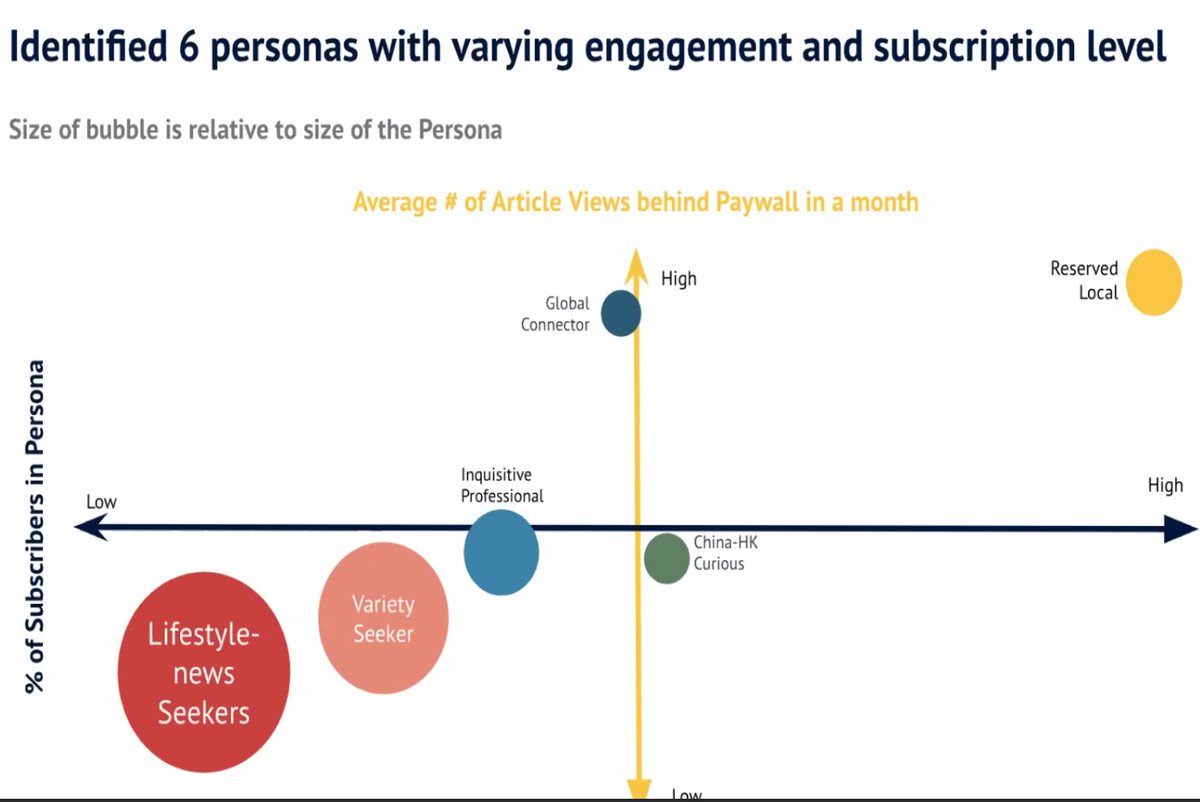
.@kjhl shares the @SCMPNews user personas (4 of the 6 are below). Sounds a bit like the work @AshleyAlvarado's team did at @KPCC to segment audiences for early childhood content back in 2019 - see medium.com/engagement-at-…. #DigitalMediaAsia 






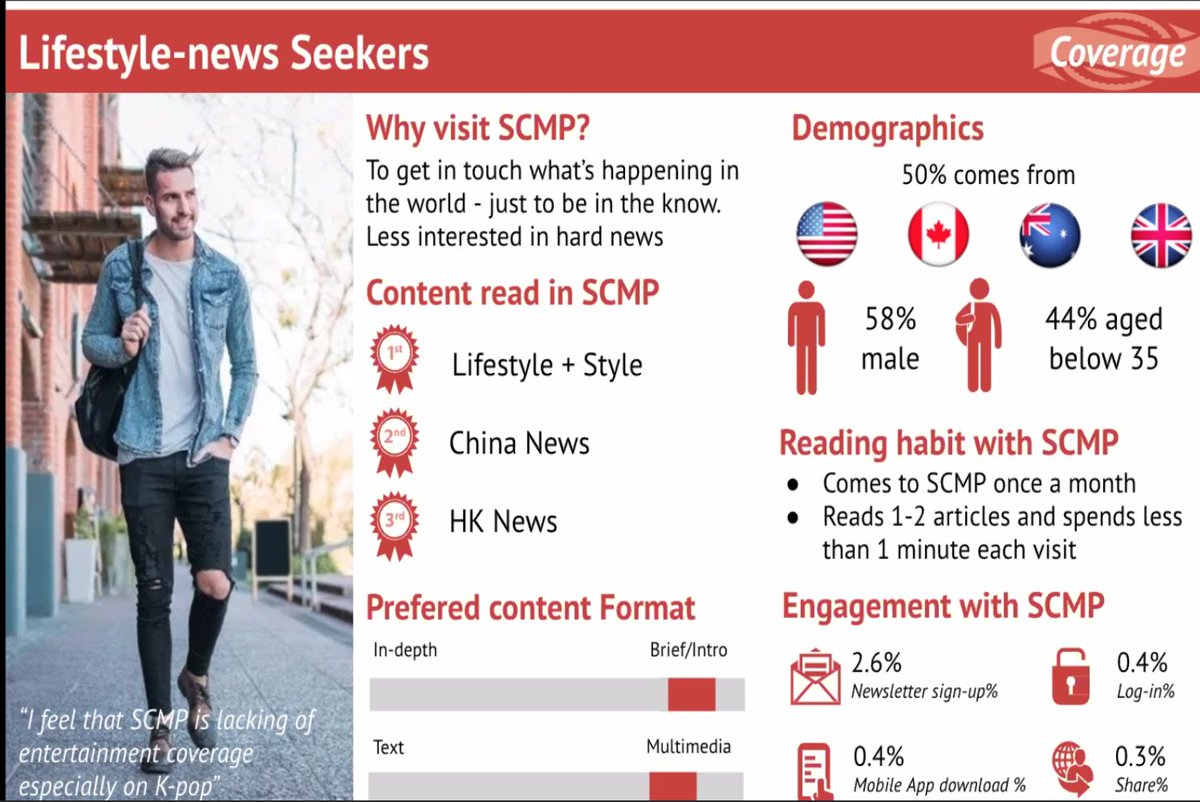
The value in doing this, @kjhl tells #DigitalMediaAsia, is obvious. If you know your users and what they need from your brand at a granular level, you can design better products, and serve up more relevant journalism where, when and how they need it. 



.@kjhl tells #DigitalMediaAsia that the tools @SCMPNews is using to carry out user persona analysis include Google Analytics, extrapolation from self-declared data (surveys, quizzes and polls), and user interviews. #DigitalMediaAsia
That's it for my #DigitalMediaAsia live-Tweets for today. More on this thread tomorrow 10am Singapore / 1pm AEDT. Tomorrow's opening keynote is on sustaining local news by @kdoctor - an urgent question for both mainstream media businesses & the #mediadev community. See you then! 

Right, I'm back - for @WANIFRA_Asia's #DigitalMediaAsia conference - and a very exciting session of ideas on transforming newsroom cultures, starting with @georgeprof. 

.@georgeprof says Covid has speed up the move to digital by news consumers globally. #DigitalMediaAsia 

Big Idea 1 - reorientation to digital needs to come before you'll achieve significant online reader revenue. #DigitalMediaAsia 

Big Idea 2 - news publishing has switched from an industry business to a service business, @georgeprof says. The reader / audience / user relationship is now the priority for your business. #DigitalMediaAsia 

Big Idea 3 - Change has to be led from the top, @georgeprof tells #DigitalMediaAsia - and here's that brilliant 2017 @risj_oxford paper from @KuengLucy to guide you reutersinstitute.politics.ox.ac.uk/our-research/g… 

Big Idea 4 - Mobile needs to be at the heart of everything, @georgeprof tells #DigitalMediaAsia (something the #mojo community has been banging on about since 2013 at least!) 

Big Idea 5 - (or 4a?) - promote what's distinctive about JOURNALISM - and what sets it apart from all other forms of information. Explain why you do journalism the way you do, and why that's important to value,and make it accountable & transparent #DigitalMediaAsia 

Know your readers well, and then get to know them even better, @georgeprof tells #DigitalMediaAsia. Talk to them and with them, not at them. As well as good data and analytics, go out and meet them. 

Big Idea 6: Quality Controlled experiments are important. It's not about 'fail fast fail well', @georgeprof tells #DigitalMediaAsia. Design experiments properly, supervise them, and aim them to produce learnings at the lowest possible cost. 

Big Idea 7: Talent management is important. Hire the best people you can afford, if that's what you need to do to beat your competition, hire for the skills you lack in your newroom, and remove silos for efficient teams. @georgeprof tells #DigitalMediaAsia
Big Idea 8 - look at content habits that aren't working for you any more. If it's not resonating with audiences, it's not working for your business, @georgeprof tells #DigitalMediaAsia 

Big Idea 9 - make sure there are clear relationships between your product and editorial teams, and your data and (bridge roles can help here) and your data and technology teams. These 2 relationships are critical in 2020, @georgeprof tells #DigitalMediaAsia 
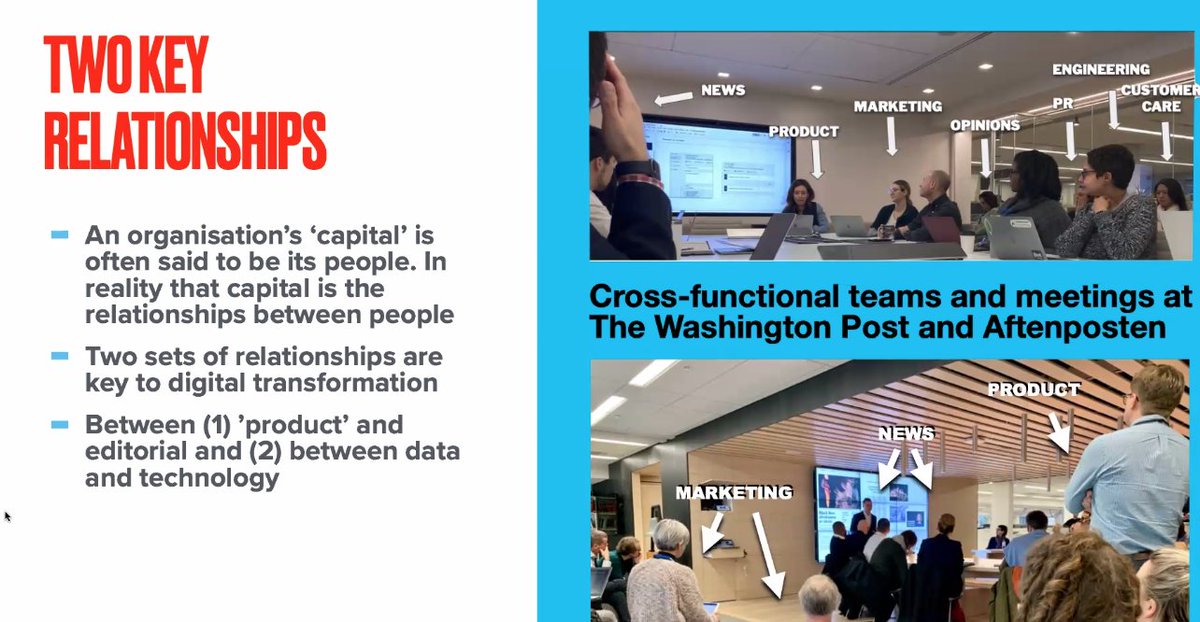
Big Idea 10 - "Think hard about style and voice online", @georgeprof tells #DigitalMediaAsia. What works in print (or indeed TV and radio) doesn't always work in the digital space. Tone, pitch and voice "will influence every step of the reader journey".
Next up in this session: Kathy Fong of @theedgemalaysia, which launched during the pandemic after the 'painful' decision to close down The Edge Financial Daily in April. Kathy's not on Twitter but you can find her on LinkedIn here: linkedin.com/in/kathy-fong-…. #DigitalMediaAsia
Fong tells #DigitalMediaAsia that readers contacted the former Financial Daily team to ask where they would get the information the physical paper had previously provided. In just a couple weeks, The Edge CEO Brief was born. theedgemarkets.com/newsletter/sub…
This was made possible by a great art team, working with the digital team, to make a great "fresh-looking" product quickly, Fong says. Quickly = a couple weeks, by the way. #DigitalMediaAsia 

The newsletter was free, so the question then was 'how are we going to monetise it', Fong tells #DigitalMediaAsia. Asking for subscriptions to the newsletter would lead to lower uptake, and that would hit ad revenue. The question is still being debated, she says.
Next up at #DigitalMediaAsia - Katherine Kuan, of United Daily News, which is currently on a big, BIG mission to better understand its consumers, how they segment, and the needs they have that can be responded to with products & services. 

Kuan tells #DigitalMediaAsia that a content audit has also been carried out - to find out whether the balance of stories and genres aligns with what audiences actually want and spend time on. 

UDM is using RFV Analysis to get a granular understanding of user needs, Kuan tells #DigitalMediaAsia. If that's a new term for you, here's a guide: marketingiq.co.uk/what-is-rfv-an…
Up next at @WANIFRA_Asia's #DigitalMediaAsia - a deep-dive into digital subscriptions, with Adisti Sawitri from @jakpost, Victoria Schultz from @amedia_no, Daniel Mussinghoff from @BILD, and @AdyLee888. (If they're not on Twitter, find them on LinkedIn.) #journbiz 

First up is Victoria Schultz. Tells #DigitalMediaAsia that subscriptions are now generating profit, after 6-year, 7-step programme to generate digital revenue at @amedia_no. Fun fact: Norway has 10 times as many newspapers per capita as the USA. This is where Media was in 2014: 

Step 0 of 7, Schultz tells #DigitalMedia, is to have a Digital Publication policy. Step 1 is to have your customers start to log-in. Not to a 3rd party site like Facebook. You need a method for them to log in to YOUR SITE - and to try different methods. 



Step 2: Make sure your subscribers know how to log in. Get celebrities to help explain the process. Don't leave older readers behind. Get your family to try it out too! 




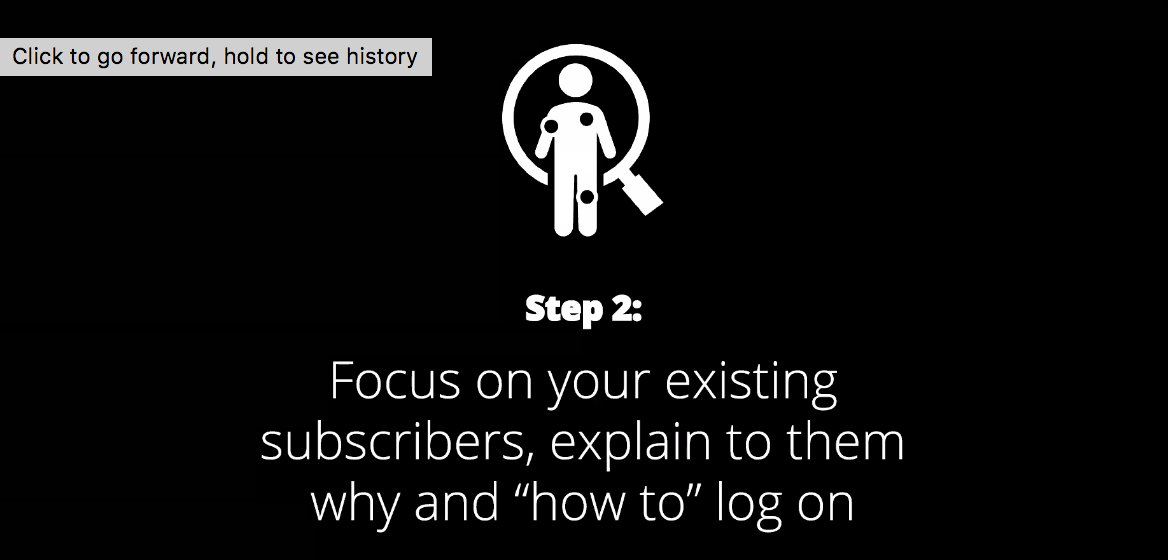
Step 3: Make sure your journalists understand the digital mission, can use the necessary technology and how to benchmark their stories and performance, Schultz tells #DigitalMediaAsia 





Step 4 - Audit your content - is it serving audience needs? Is it what they want? Do they want more / less / something else? #DigitalMediaAsia 

Step 5: Use your social media platforms to promote your product and drive subscriptions - particularly new subscribers, Schultz tells #DigitalMediaAsia. For Amedia this has included a streaming service for local sports, which national TV wasn't covering. 





Step 6: Focus on reducing churn. What factors make particular audience stick around? Why do they leave? At @amedia_no, this has evolved in a 2-sided strategy: increase sales, and reduce churn. 





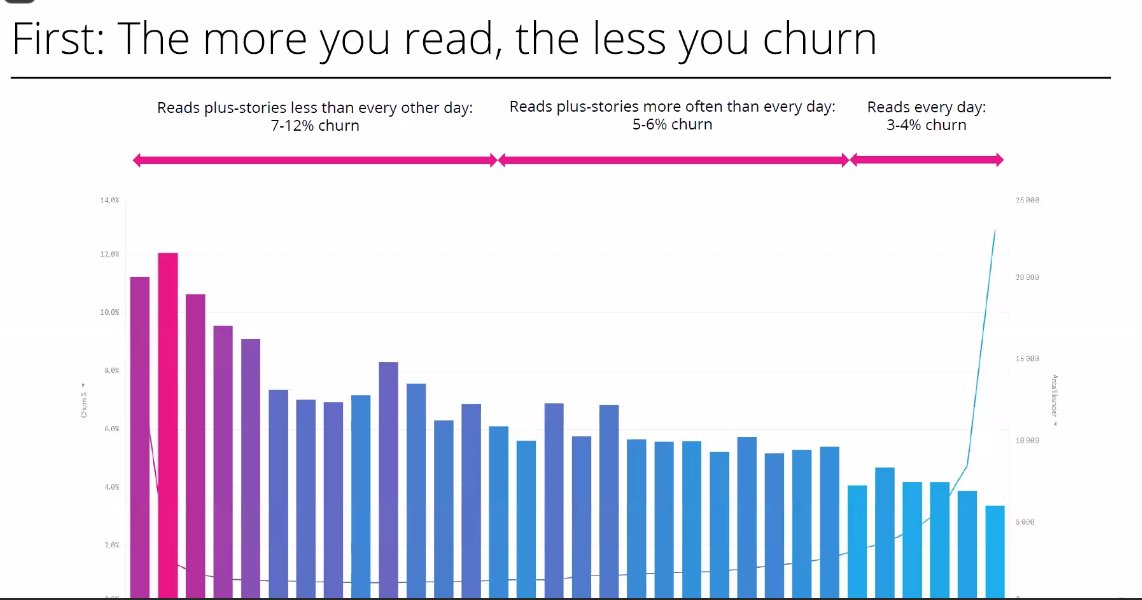

The above has helped @ameida_no persuade 40% of the Norwegian 18+ population to sign-up in the past 6 years. Step 7: Do the same with other parts of your business. What a masterclass from Victoria Schultz - bravo #DigitalMediaAsia #journbiz 







I haven't had an opportunity to watch Daniel Mussinghoff's slides in detail, but caught enough to see @BILD has been testing subscription prices - raising them considerably - without significant churn. #DigitalMediaAsia More here: digiday.com/media/axel-spr…
Next up - @AdyLee888 at @SCMPNews. They're just 8 weeks into launching their subscription service. (see scmp.com/announcements/…) He says the organisation asked itself 10 questions - here they are: #DigitalMediaAsia 

The answer to Q1 is fairly self-evident, @AdyLee888 tells #DigitalMediaAsia. If you don't have a subscription service, you're missing out on revenue in 2020. They had the audience, built up since 2017, to be ready to do it. 

Q2 is "Who's in the room?"; @AdyLee888 tells #DigitalMediaAsia they needed the right teams involved and collaborating, to drive fully-informed decision-making. Weekly meetings with team leaders have captured upcoming, learnings & implications. 

Q3 - establish your product positioning. What's your digital brand, @AdyLee888 tells #DigitalMediaAsia. SCMP has 2 audiences - Hong Kongers who want news, and internationals who want to understand China.
Q4 - choose your subscription approach, but make it flexible. SCMP went for metered initially but is heading for a blended freemium model, @AdyLee888 tells #DigitalMediaAsia. 

Q5 - Think carefully about what's in front of, and behind, the paywall. Here's how that's playing out at SCMP, @AdyLee888 tells #DigitalMediaAsia. Public service information is free. 

Q6 - what tech decisions need to be made? And what will you build / what will you buy in? @AdyLee888 tells #DigitalMediaAsia answering this question has included currency decisions, and understanding tax implications relating to tech. 

Q7 - How do you price your products? @AdyLee888
tells #DigitalMediaAsia this is a BIG question, with lots of variables to factor in to pricing individual products, and how to approach things like bundling, and different market segments with different budgets.
tells #DigitalMediaAsia this is a BIG question, with lots of variables to factor in to pricing individual products, and how to approach things like bundling, and different market segments with different budgets.

Q8 - How will you market those products? @AdyLee888 says the first priority for SCMP were existing readers / subscribers, who understand the value proposition. Marketing is a mix of organic and paid.
#DigitalMediaAsia

#DigitalMediaAsia


Q9 - how will you measure success? This is being done in a highly granular fashion at SCMP, @AdyLee888 tells #DigitalMediaAsia 

Q10 - how will you learn and iterate? @AdyLee888 tells #DigitalMediaAsia that weekly meetings are being held to assess what's working and what isn't, and "a very strong data team" is gathering granular information daily to determine progress on quarterly targets. 



Here we go - one of the highlights of my year is judging @WANIFRA_Asia Awards, because it's a chance to keep up to date with cutting edge digital innovation in 10 categories across the APAC region. I'll be Tweeting the winners #DigitalMediaAsia #journbiz 



Best News Website or Mobile Service Award goes to Singapore Press Holdings for the Think China microsite: thinkchina.sg/about-us #DigitalMediaAsia
Best in Lifestyle, Sports, Entertainment Website or Mobile Service - Straits Times graphics.straitstimes.com/STI/STIMEDIA/I… #DigitalMediaAsia 

Best use of Online Video - including VR - SCMP 'On the FrontLines with Hong Kong Protesters' scmp.com/video/hong-kon…
#DigitalMediaAsia #VR
#DigitalMediaAsia #VR

Best Data Visualisation - Reuters for 'Drowning in Plastic'
#DigitalMediaAsia #plasticpollution graphics.reuters.com/ENVIRONMENT-PL…
#DigitalMediaAsia #plasticpollution graphics.reuters.com/ENVIRONMENT-PL…
Best Native Advertising / Branded Content Campaign
SCMP - Uncover Art Macao: morningstudio.scmp.com/our-projects/U…
#DigitalMediaAsia #journbiz cc @IABAustralia
SCMP - Uncover Art Macao: morningstudio.scmp.com/our-projects/U…
#DigitalMediaAsia #journbiz cc @IABAustralia

Best Paid Content Strategy - including paywall, membership or crowd-funding models: Apple Daily for "News Worth Paying For"
#DigitalMediaAsia.
#DigitalMediaAsia.

Best Marketing Campaign for a News Brand - Apple Daily: Uncovering the Truth: Confronting Injustice hk.appledaily.com/news/20200612/… #DigitalMediaAsia
Best Project for News Literacy: VNA for 'Fight Against Fake News' nationthailand.com/ann/30394295
#DigitalMediaAsia
#DigitalMediaAsia

Finally - Best Special Project for Covid 19: South China Morning Post - Coronavirus Microsite
#DigitalMediaAsia
#DigitalMediaAsia
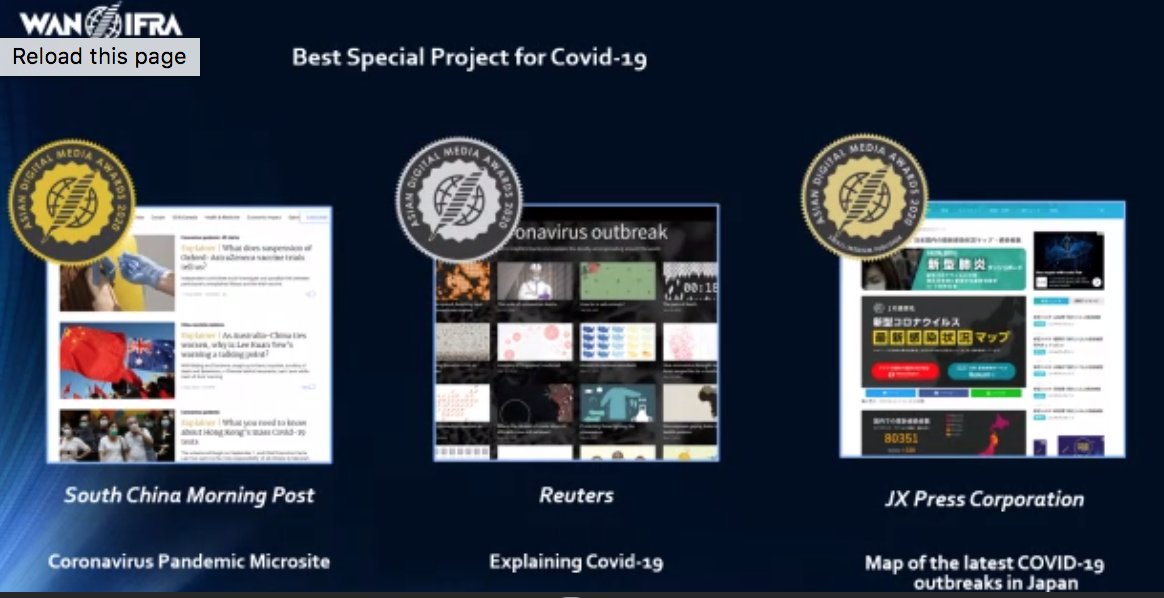
That's a wrap of my live-Tweeting of @WANIFRA_Asia #DigitalMediaAsia. Full list of Awards winners + links to their stellar work is here: events.wan-ifra.org/event-content/…. NB Some categories had few entries from small & medium sized publishers, so do consider entering next year!
Congratulations to the entire @WANIFRA_Asia team - @joonlau, Wilson Leong, @JenTeo1, Serene Chong & everyone who worked so hard to create #DigitalMediaAsia. It's been such a privilege to attend, & I've emerged very optimistic about the future & sustainability of APAC journalism.
@threadreaderapp unroll
• • •
Missing some Tweet in this thread? You can try to
force a refresh
